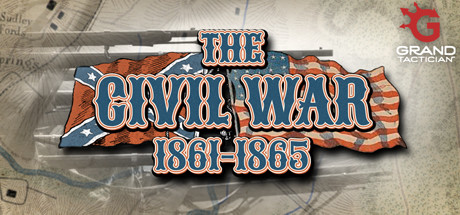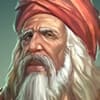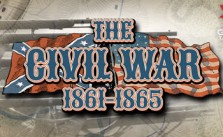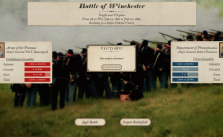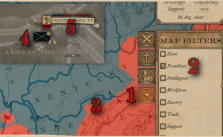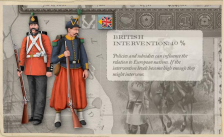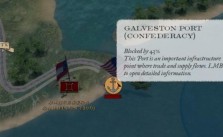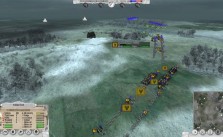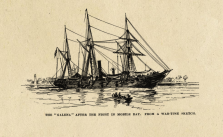Grand Tactician: The Civil War (1861-1865) – Cavalry Orders
Cavalry during the Civil War was not the dashing and charging shock troops of Napoleonic times. Instead of charging to break infantry lines, their primary functions were reconnaissance, raiding, screening large armies’ movements, protecting supply trains, preventing straggling, and delivering dispatches. The Confederates were first to use their cavalry as an effective force in combat under the legendary General J.E.B. Stuart. Still, later in the war, the Union troopers began to catch on, helped by reorganization and training. A few large cavalry battles were fought at Brandy Station and Winchester, and sometimes the cavalry also engaged, dismounted, like Buford’s division at Gettysburg or Wilder’s troopers Chickamauga.
What makes the cavalry useful in your armies is their speed and flexibility. In battle, you can use them to harass enemy movements, forcing the foe to deploy into lines of battle and then slipping away. You can also use your cavalry to engage enemy cavalry or even hold their ground against enemy infantry if the ground is good. The troopers are usually armed with smaller carbines, which have a shorter range but often a much quicker rate of fire, or even (in the case of Confederate cavalry) simple shotguns.
Loose formation:
Loose formation orders the dismounted cavalry to deploy into an open formation, similar to a skirmish infantry line. The troopers will then fight more independently, and accuracy is improved, as each man has more space to handle his weapon. Melee in loose formation is less effective, as the men cannot support one another properly and are not well-trained in fighting this way while dismounted.
Cold steel:
If you order your cavalry to use cold steel, they will prefer charging the enemy instead of peppering them with carbine fire from the saddle. They will prefer firearms when this order is not given, but firing from the saddle is riot nearly as effective as if dismounted – though it could still be a nuisance to the enemy.
Evade:
If ordered to evade, the unit will keep its distance from enemy units and move back under small arms fire. If the enemy presents its flank and no fire is received, the cavalry will keep on firing.
Lie down:
Ordering your men to lie clown will help under fire, as the number of casualties will be reduced. When lying clown, the unit cannot move, and the effect of their firing is reduced because of limited visibility from the ground level, and the clue to the difficulty of reloading weapons, especially the muzzle-loaders.
Units may also lie down on their own, especially if under artillery fire or strong enemy fire that they cannot match with their own. Lying down requires dismounting, of course.
Mounting/dismounting:
Issue a cavalry unit this order to have them mount or dismount. When dismounted, the horses will be moved to the rear.
The unit may mount or dismount also on its own, depending on the situation and initiative setting. For example, the troopers will move long distances mounted, and routed cavalry will also mount up. Dismounting may occur when the enemy is near and cold steel orders are not given.
Deploy/recall scouts:
A small scouting party is detached from the main body. This scouting party will ride ahead of the main body to see if the selected route is clear of enemies. As a small mounted party, they are very fast. The scouts will not try to engage enemies with their small numbers. Scouts can only be detached if there are enough troopers in the parent unit.

